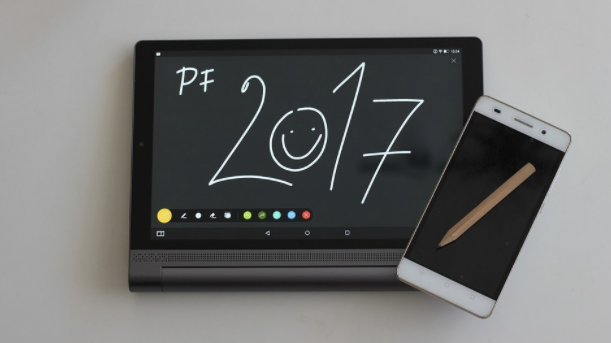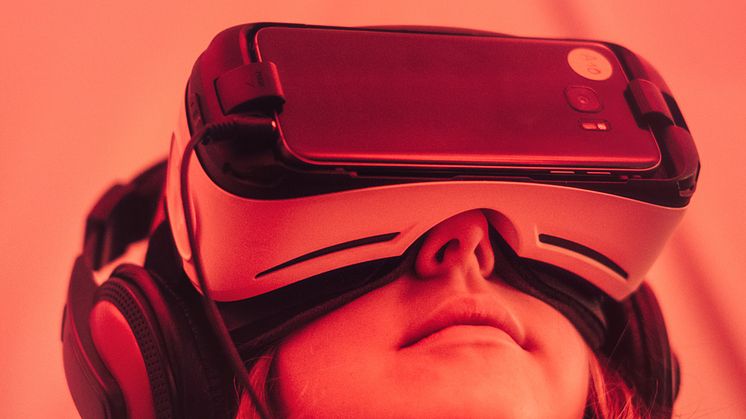
Blog post -
How to Get Started with Digital PR
The digital revolution has swept across the media landscape, forever changing how brands interact with consumers. The new world of PR presents unique challenges but also an opportunity to provide brands and companies with more consumer engagement than ever before. There has never been a better time to expand your digital PR efforts.
The way consumers get their news has fundamentally changed. According to a recent Pew Research Center poll, almost 40 percent of Americans get their news online, second only to television. Younger consumers are the demographic most likely to turn to the web for information, while TV is the primary favourite of older Americans.
In addition, mobile is fast becoming the preferred way people get digital news. The percentage of Americans getting news in some form on mobile devices has increased from 54 percent a few years ago to 72 percent in 2016. Also, social media giants like Facebook have become the way many people get their news. Consider this: 66 percent of people on Facebook consume news and information on the platform. That’s more than 40% of the general population.
The Value of Digital PR
PR is important in the digital era because traditional advertising, the main way that companies and brands communicate their message is less effective. Consumers do not appreciate interruptive advertising and now have the technological tools to block them. Computer browsers that block online ads, television digital recorders that cut out TV commercials and premium-tier music services that eliminate advertising completely are just some of the popular ways consumers avoid commercial messages.
Digital PR is uniquely positioned to take the lead in this marketing transformation. That's because, while consumers want to avoid advertising that interrupts their user experience, they welcome news and information that provides value. Digital PR encompasses a blend of traditional PR with social media, content marketing and search engine optimization (SEO). Each of these methods encourages engagement and involvement rather than interruption. It allows companies and brands to meet consumers where they are, and give them valuable content that informs and entertains.
How to Get Started
The best way to get started on a digital PR strategy is to start small. Don't try to initiate a grand plan in the beginning. Start with manageable projects and realistic goals. Here is an overview of the steps to take.
Define your audience. Determine not only the demographics of your audience, figure out how they consume entertainment and information online. What platforms do they use the most?
Set strategic goals. What is the goal of your PR initiatives? Are you out to educate, inspire or compel them to take a specific action?
Formulate key topics and messaging. What topics and messaging can you devise that will not interrupt their user experience? What content fits into their lifestyle and give them value?
Define distribution. What is the optimum distribution pattern for your audience? For example, do they prefer email over social media? Additionally, figure out what digital devices they prefer to use.
Set the editorial calendar. Put together your editorial schedule, listing the audience, distribution method and format of each piece of content.
Measure and modify. Once your digital PR campaign is underway, measure the media categories that make the most sense for your brand. Common categories include brand perception, ROI, total impressions and total reach. Specific metrics you might track include followers, reach, interactions, volume and lead generation.
We are well into a digital communications shift that has forever changed how consumers get their information and entertainment. The good news is we are just at the beginning — the digital PR methods you test and deploy today will serve you in the future repeatedly as consumers continue to move away from traditional media to digital options.
Learn more with Mynewsdesk's three-part series on the PR Revolution.






